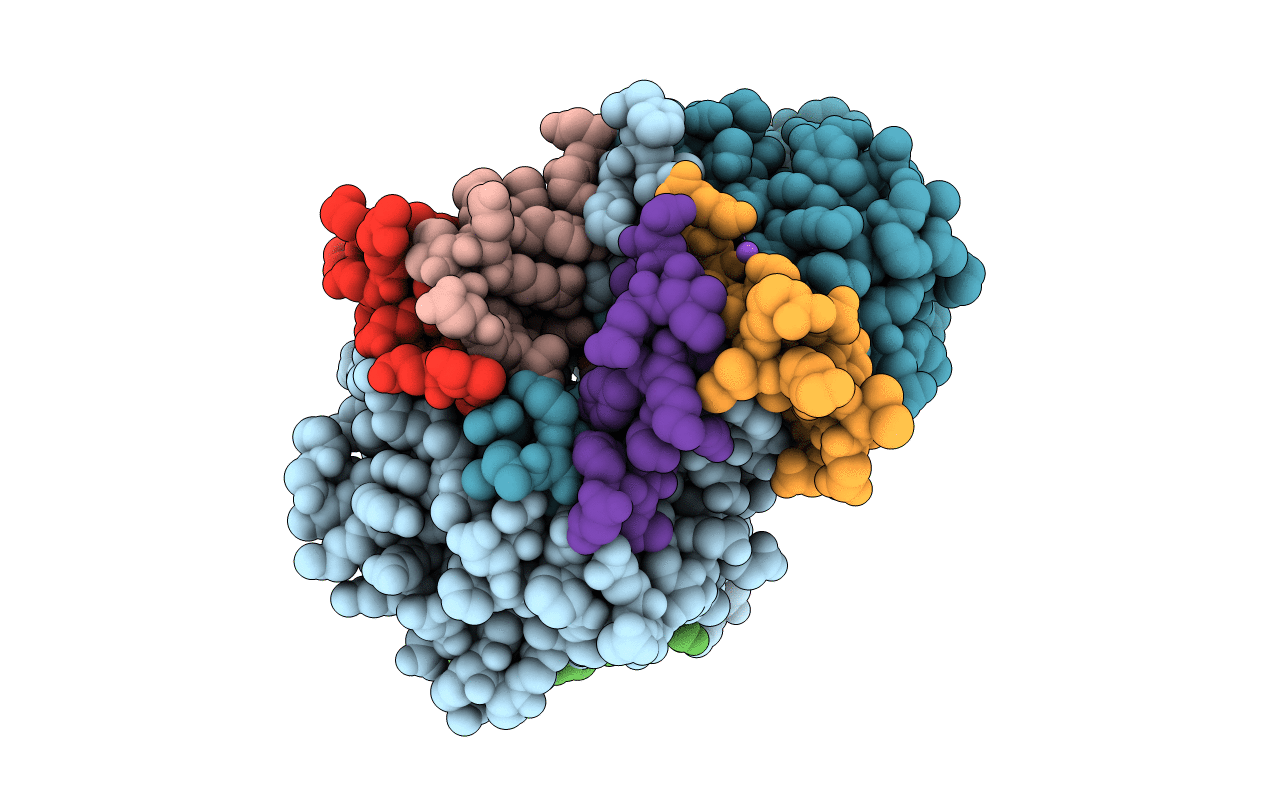
Deposition Date
2015-04-12
Release Date
2016-02-10
Last Version Date
2024-11-06
Entry Detail
PDB ID:
4Z9V
Keywords:
Title:
TCTP contains a BH3-like domain, which instead of inhibiting, activates Bcl-xL
Biological Source:
Source Organism:
Homo sapiens (Taxon ID: 9606)
Host Organism:
Method Details:
Experimental Method:
Resolution:
2.10 Å
R-Value Free:
0.22
R-Value Work:
0.18
R-Value Observed:
0.18
Space Group:
P 41 21 2


